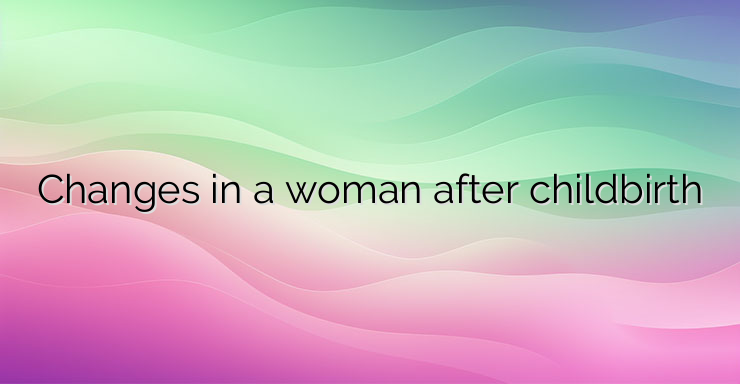The period after childbirth is referred to as the puerperium. It starts from the moment the placenta is born. This is the time when the changes that occurred in the woman during pregnancy and childbirth are restored. Its duration is about 6-8 weeks. The changes that occur are related to reverse development – involution of the organs of the reproductive system and restoration of the physiological arrangement and functioning of the other organs. Another important change that occurs during the puerperium is the initiation of lactation. Natural birth occurs with passage of the fetus through the soft birth canal. These are the cervix, vagina and external genitalia. As a result of the previous birth, they are scarred and the walls are overstretched. Immediately after birth, the entrance to the vagina is closed by the external genitalia. The vaginal canal is wide and stretched. Its recovery occurs gradually in about 8 days. The cervical canal, which connects the uterus to the vagina immediately after birth, is also open. Its complete closure is observed 10 days after birth. During the nine months of pregnancy, the uterus increases in size and weight gradually as the fetus grows. Immediately after birth, the uterus weighs about 1 kg and its bottom reaches the level of the navel. The weight of the uterus decreases by about 500 grams in the first week, at the end of the second week after birth, the weight reaches about 300 grams. At the end of the puerperium, the uterus weighs about 70 grams. In women who have given birth for the first time, the process of restoring the uterus proceeds faster. The restoration of the position of the uterus takes place in about 10 days. The restoration of the endometrium – the inner surface of the uterus takes place in about 4-6 weeks. The separation of waste structures from the inner uterine surface is carried out by the formation and discharge of lochia through the genitals. They are a collection of necrotic matter, blood and lymph. During the first 2-3 days, they are profuse and red in color and are almost entirely formed by the leaking blood alone. Between day 4-6, necrotic tissues are added to the blood and their color becomes brown-red. Gradually their quantity decreases and fades. Lochia stops coming out around 4-6 weeks after birth. Childbirth is associated with blood loss. In a normal vaginal delivery, the permissible blood loss is up to 500 ml. For cesarean delivery, the maximum permissible blood loss is that which does not exceed 750 ml. NEWS_MORE_BOX An important change that occurs in the mother’s organism after birth is the onset of lactation – the formation of breast milk. This process is hormonally related to childbirth, which affects the formation and secretion of breast milk. Initially, the woman begins to secrete colostrum. This process begins around the 2nd day after birth. Colostrum is a dark yellow liquid that gradually turns into breast milk over about 4 weeks. Colostrum contains more minerals and protein and less fat and sugar than breast milk.It also contains antibodies and other components that serve to protect the newborn from infections. Breast milk is rich in fat and protein. The main proteins it contains are alpha-lactoglobulin, beta-lactoglobulin and casein. The amount of milk production and secretion increases as the child grows, as his needs become more. Thus, after the 4th month, the amount of secreted milk in one day reaches about 800 – 1000 ml. In order to increase the production of milk, it is essential to stimulate the breast by putting the child to suckle. A number of factors affect the formation and secretion of milk, which can lead to a decrease in breast milk. These are stress, reduced fluid intake, anxiety.


Leave a Reply